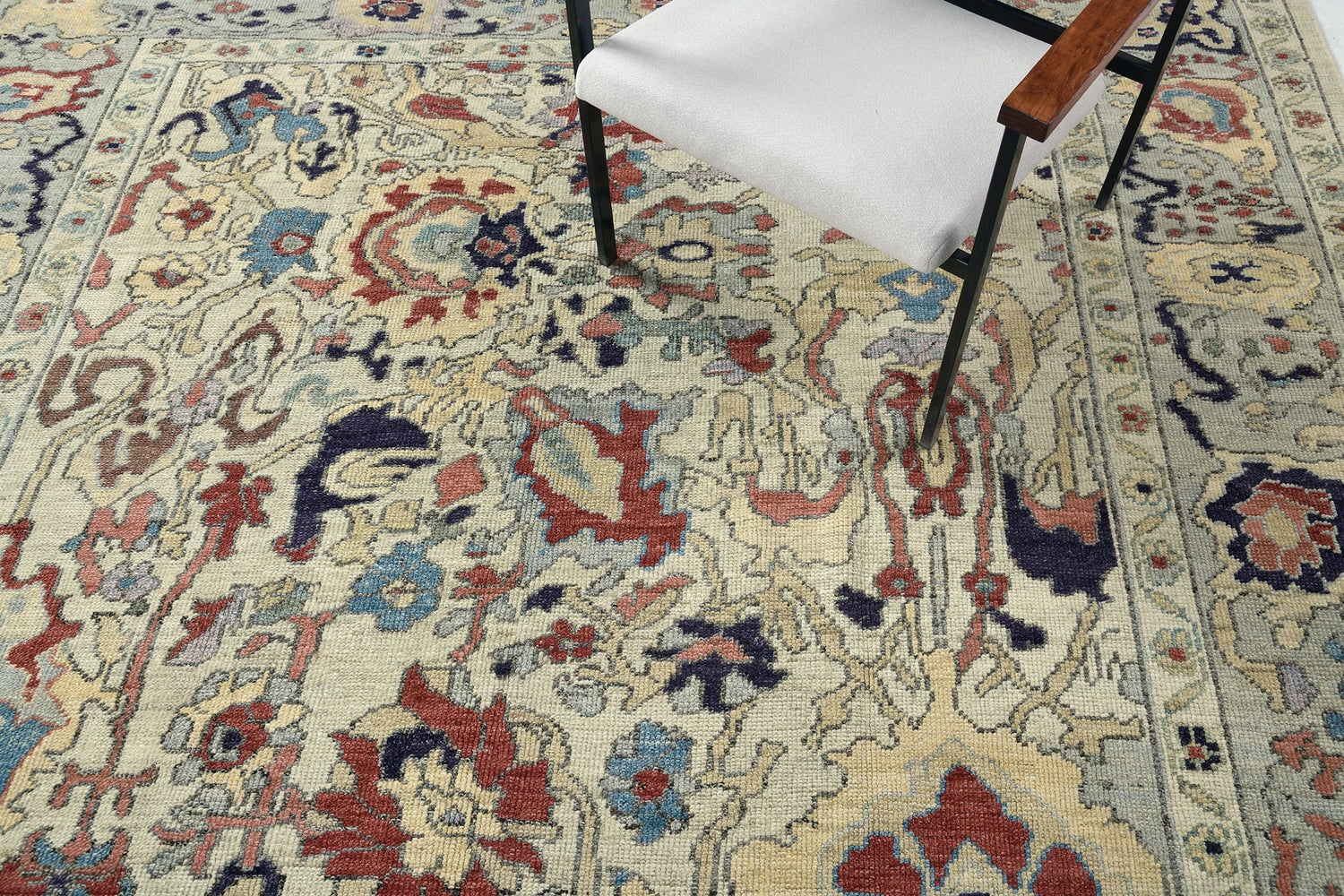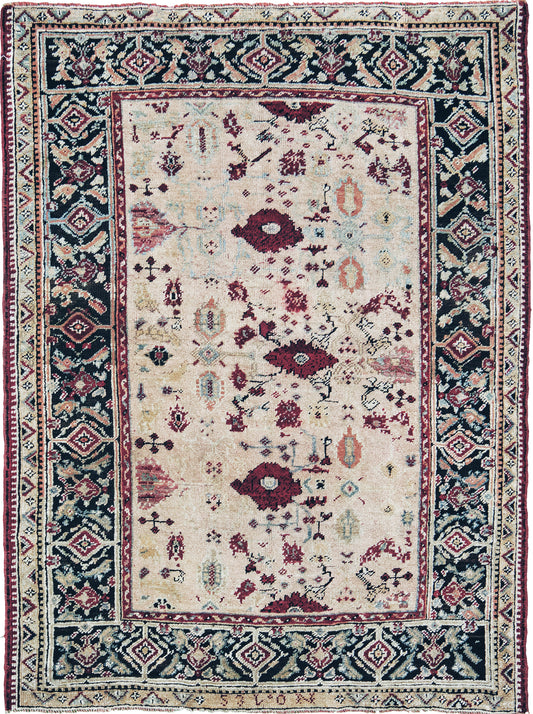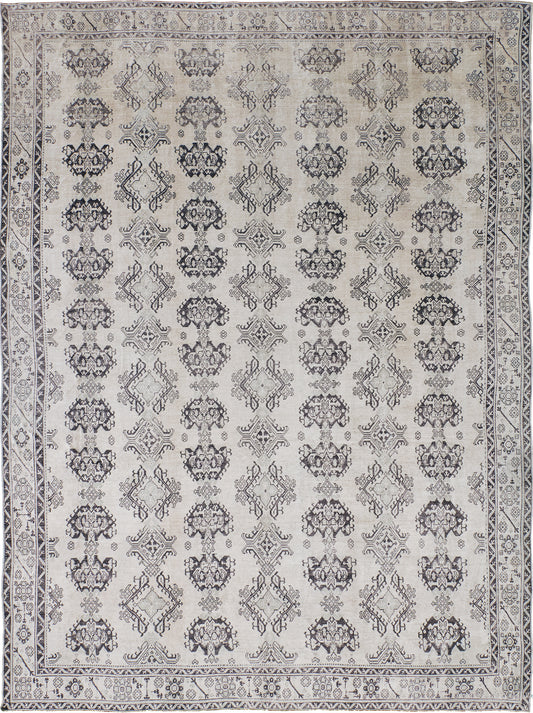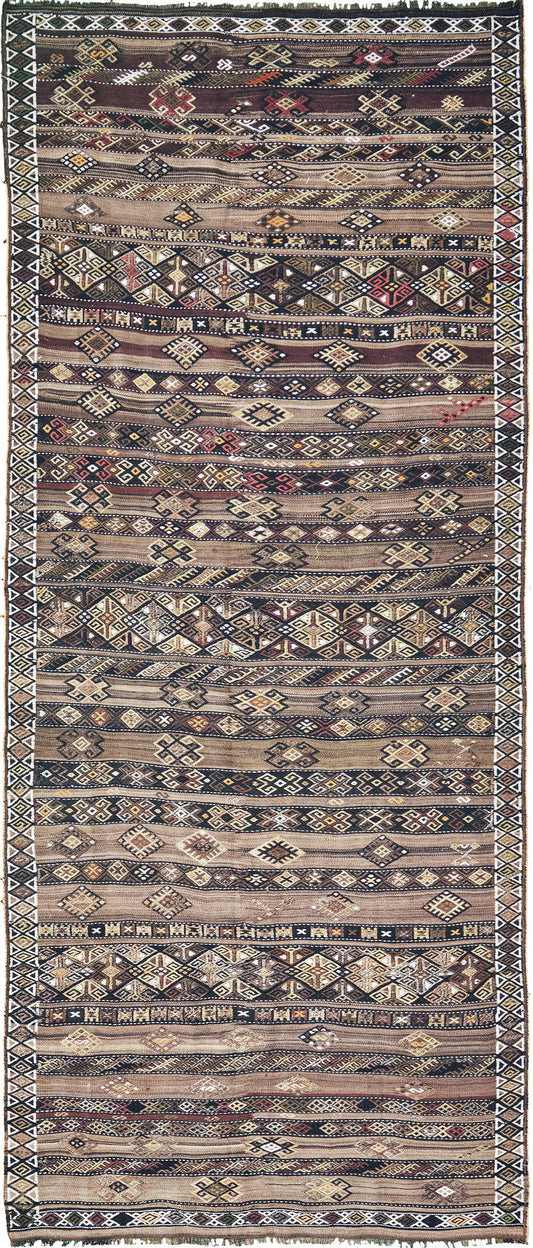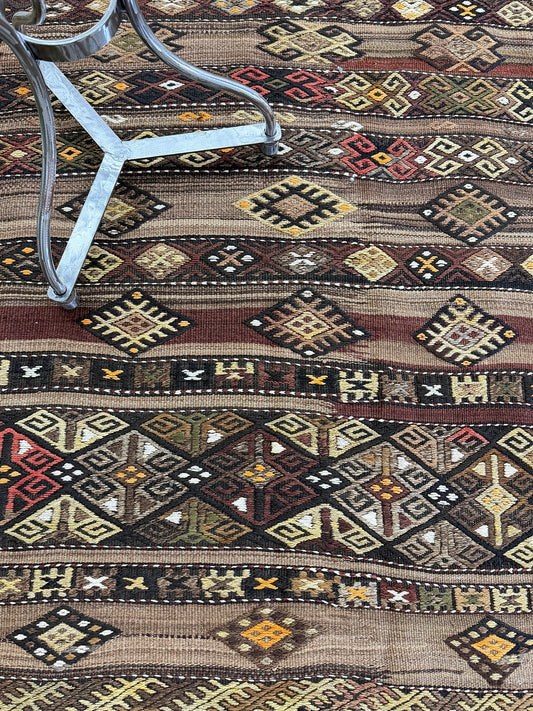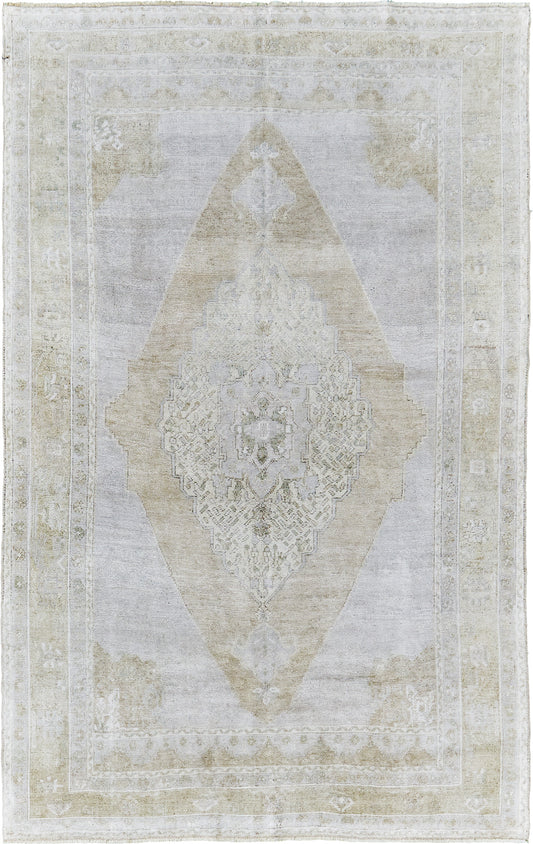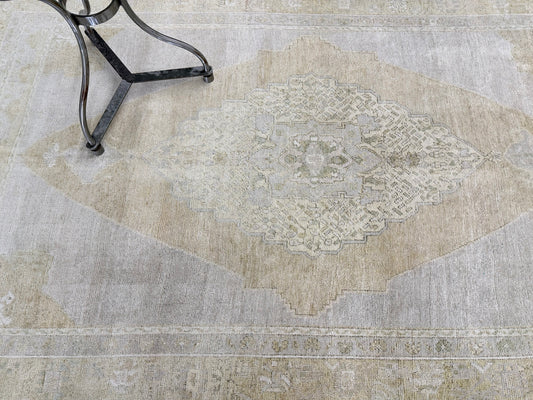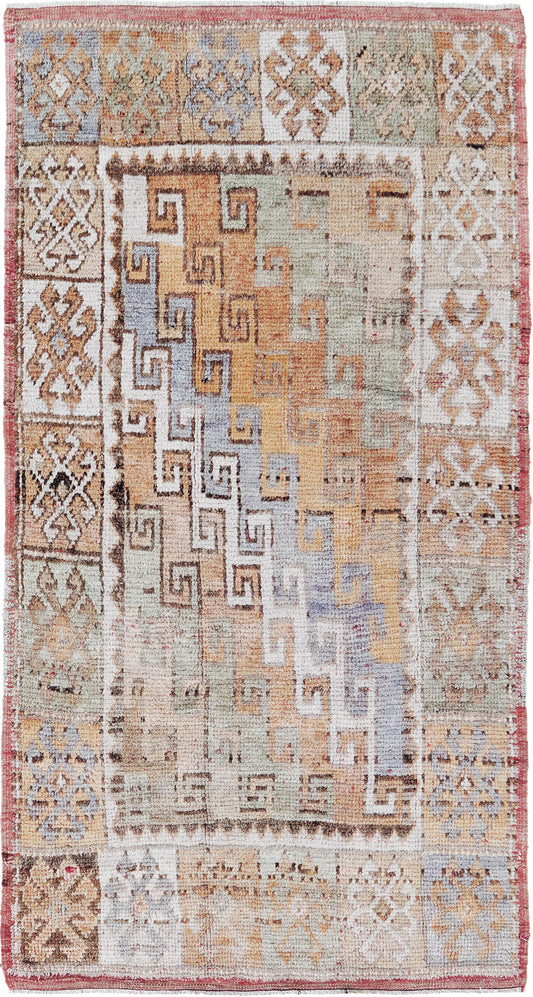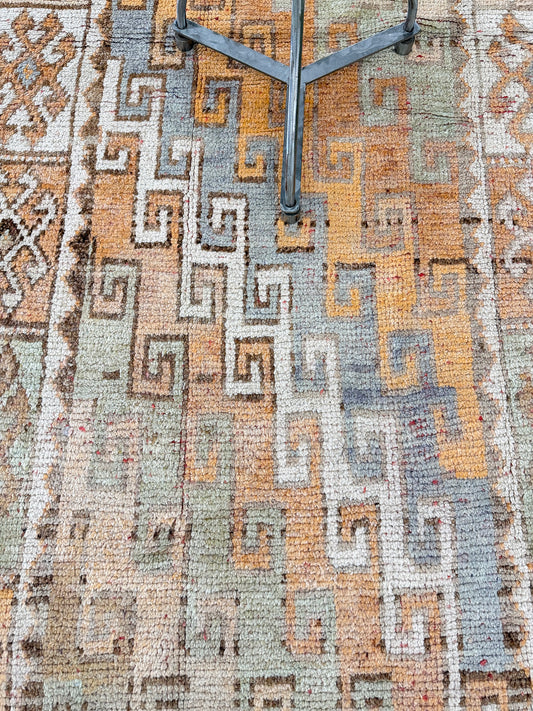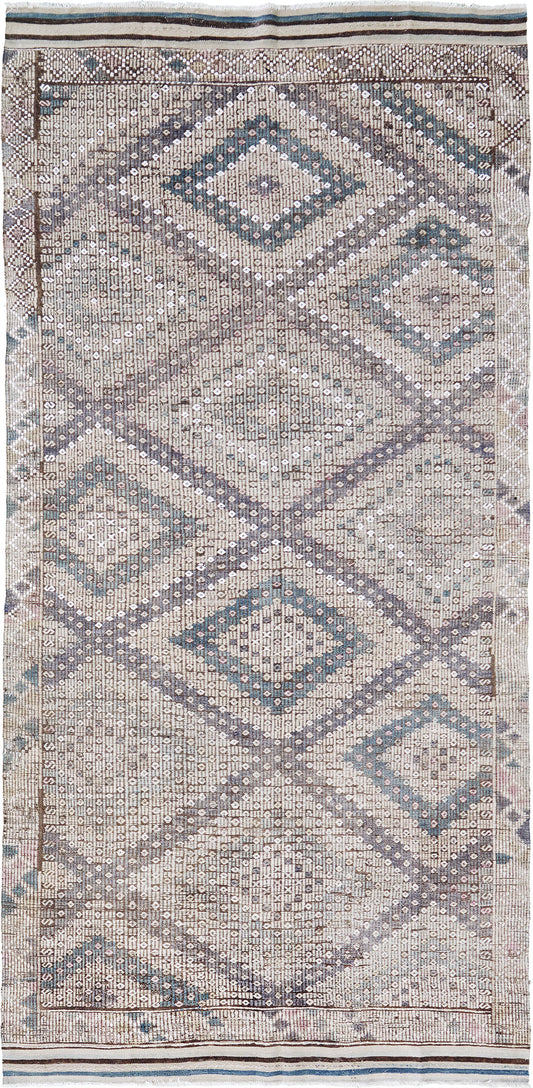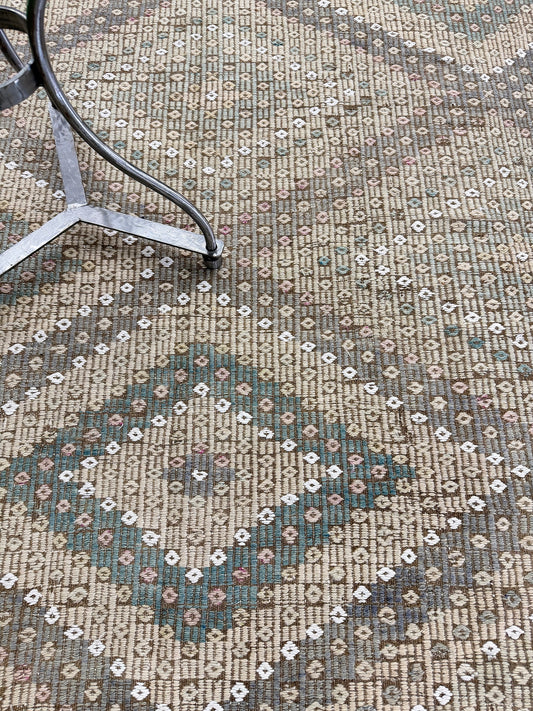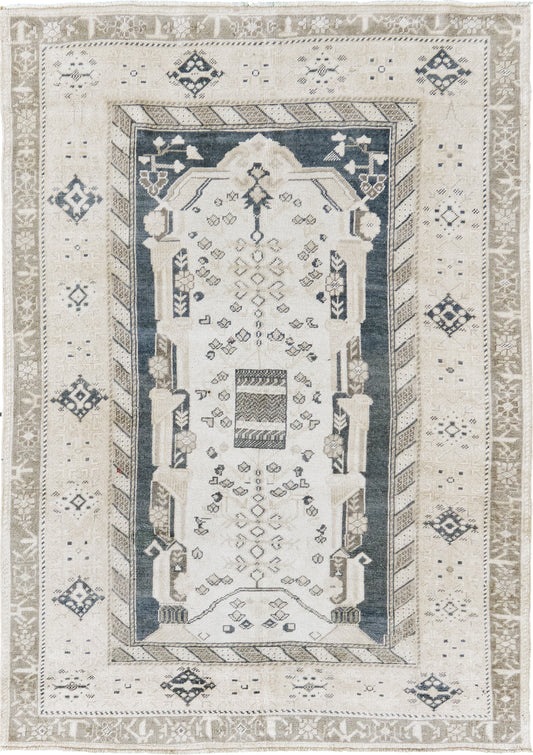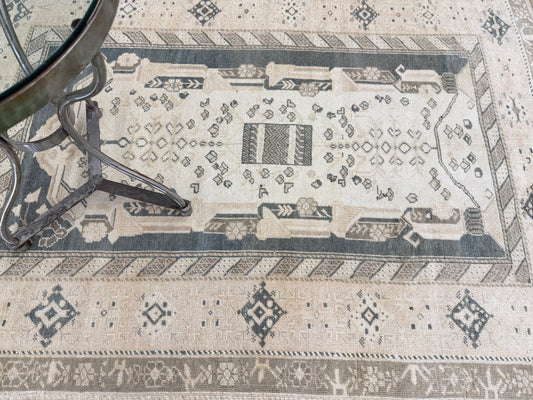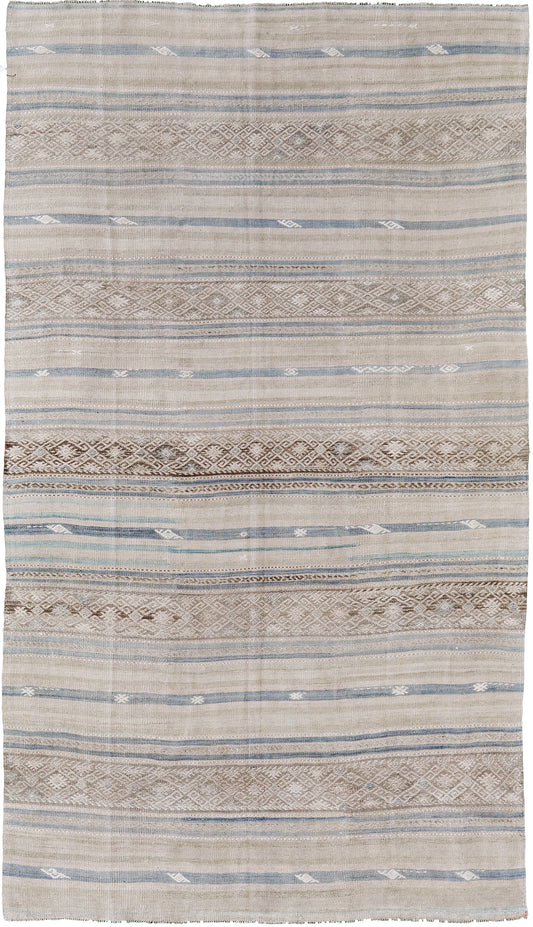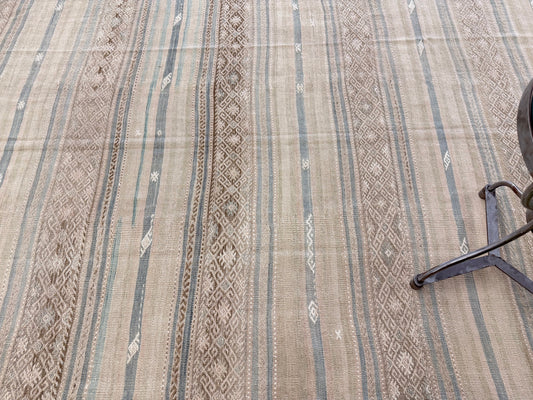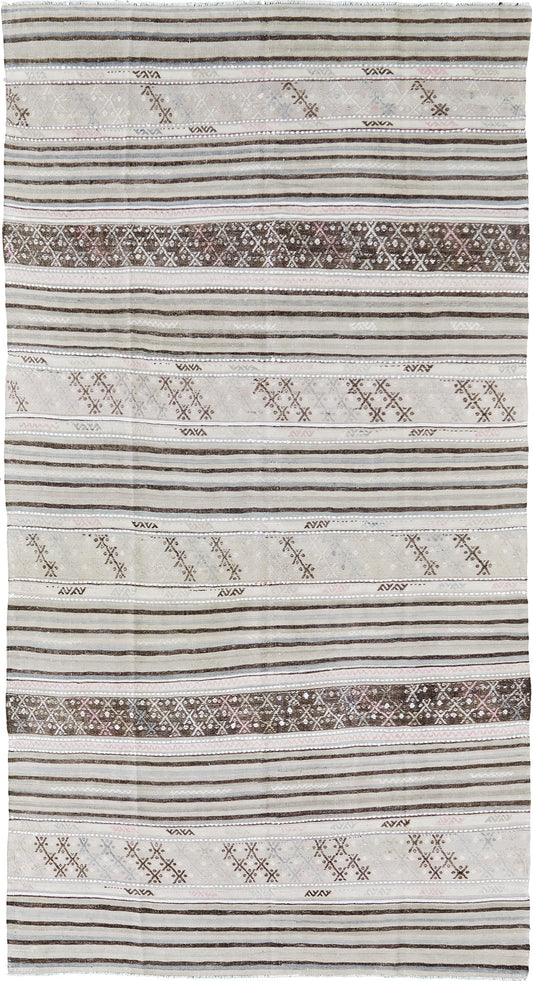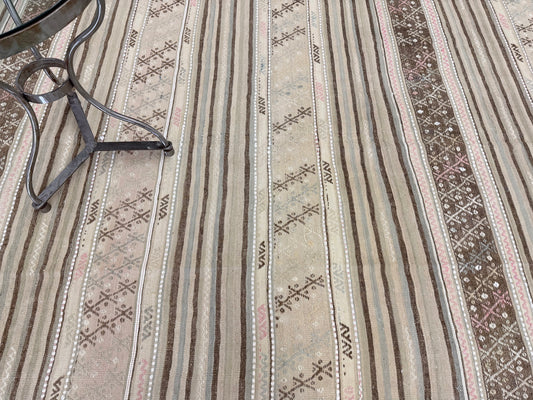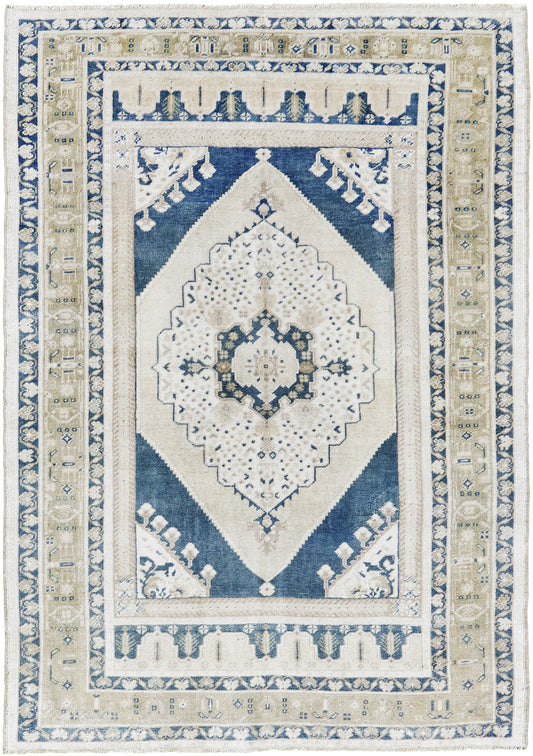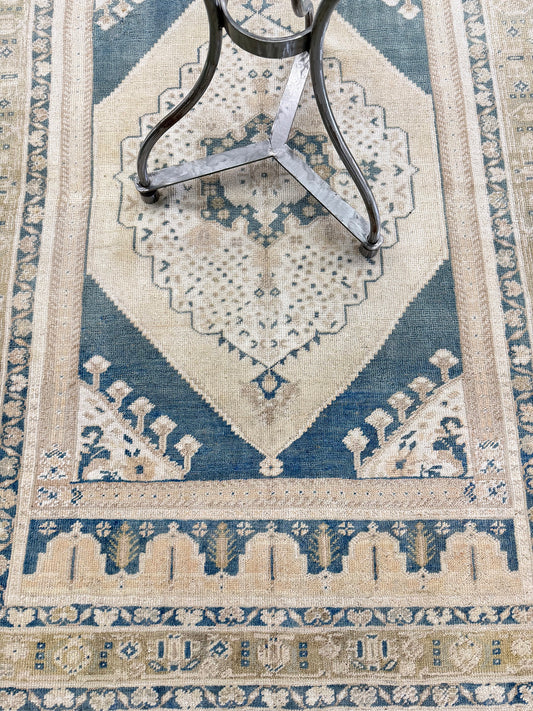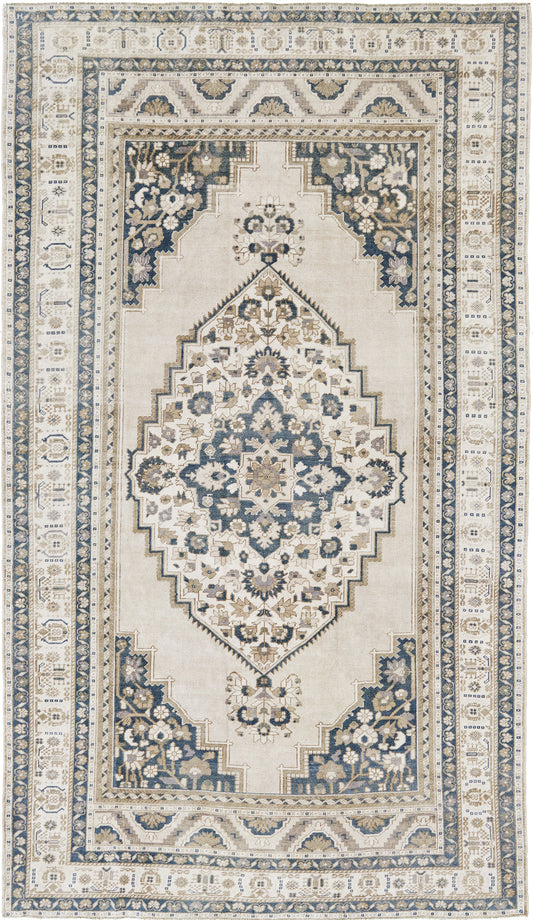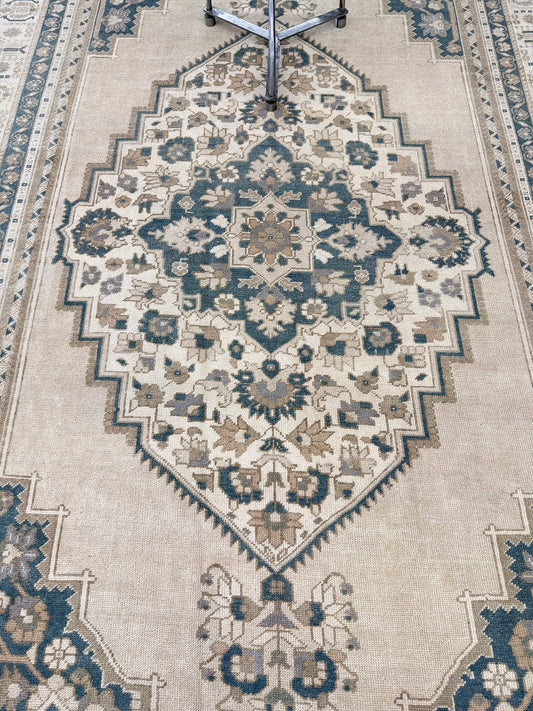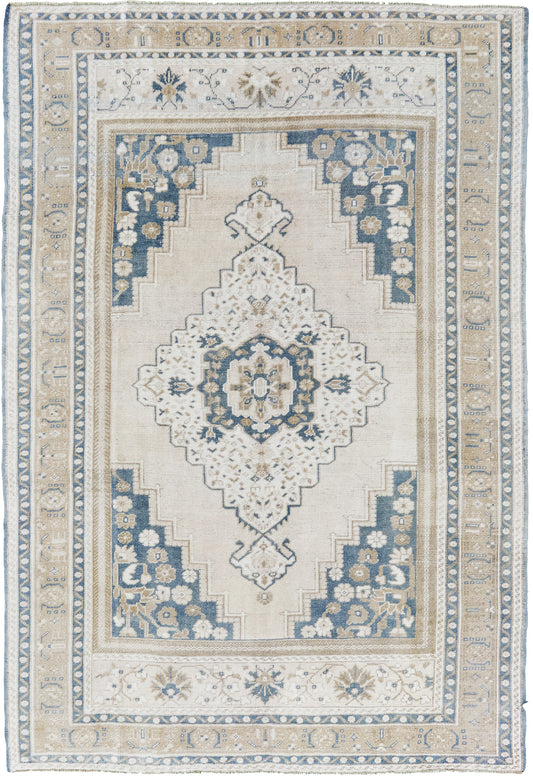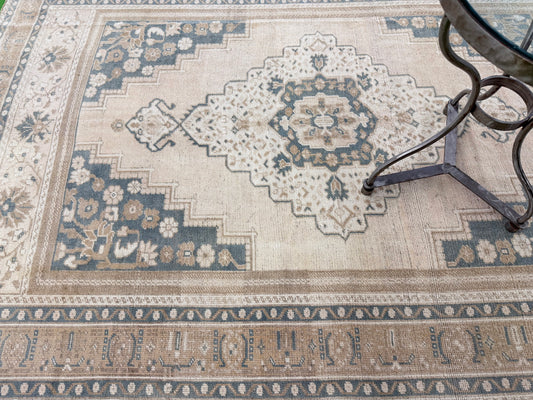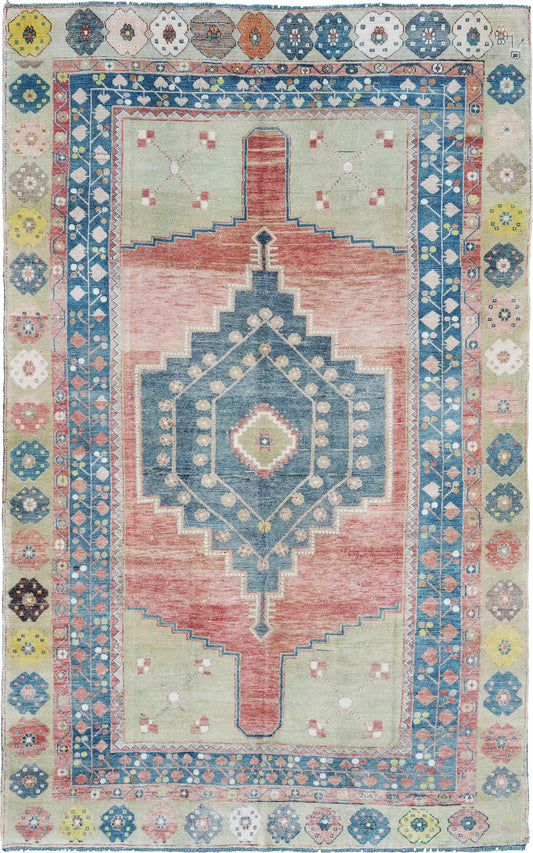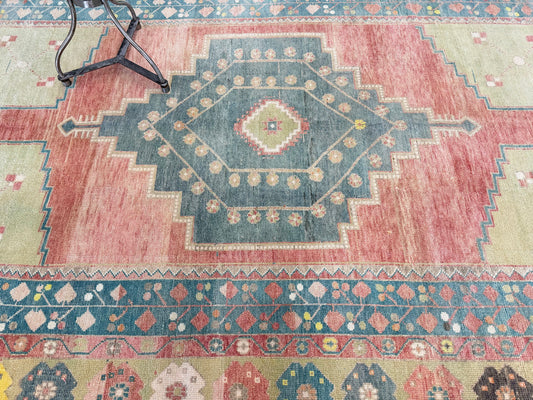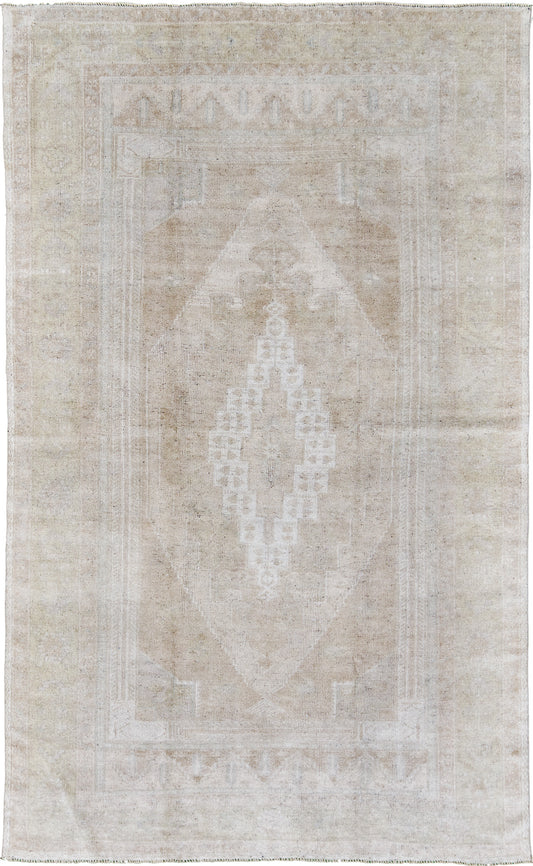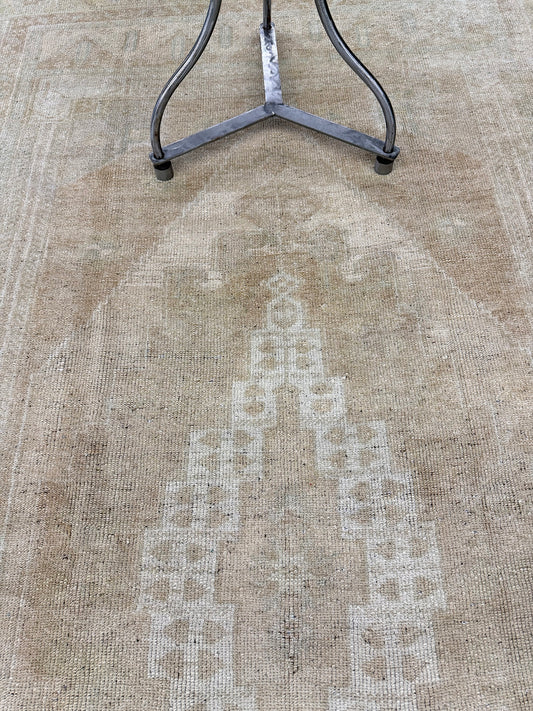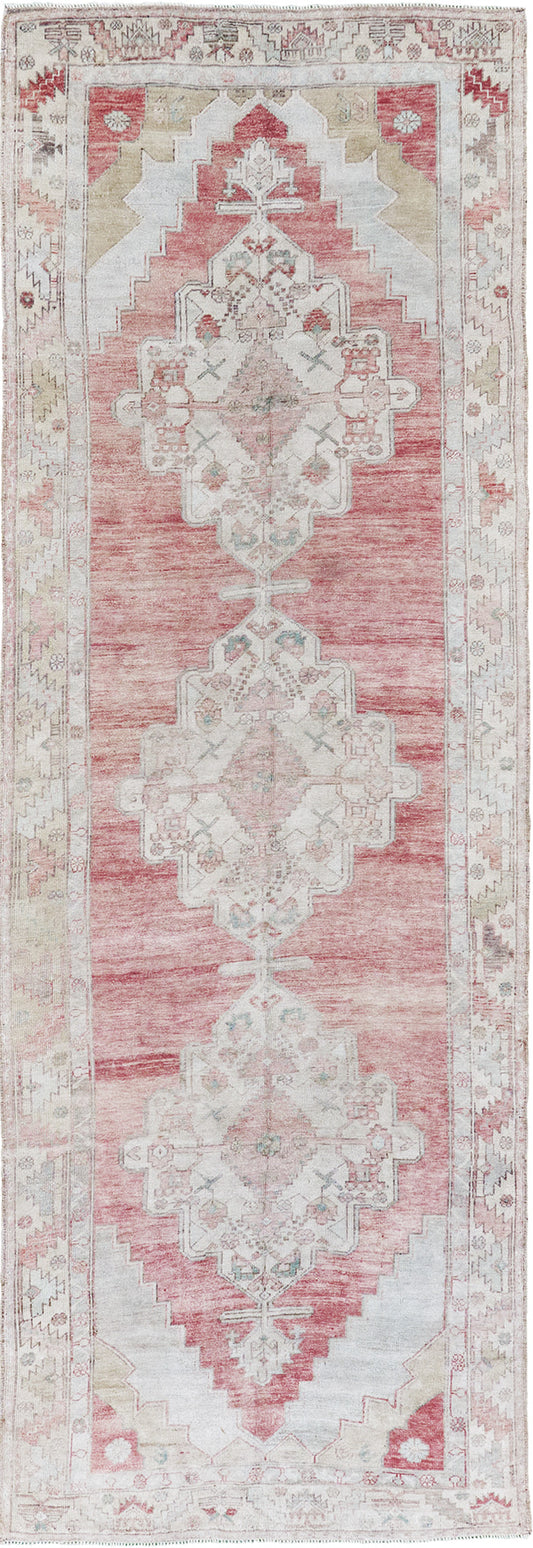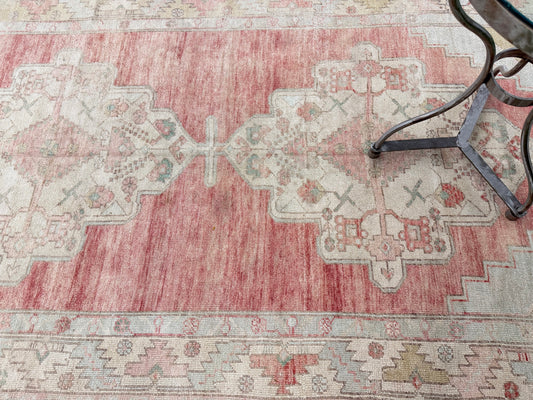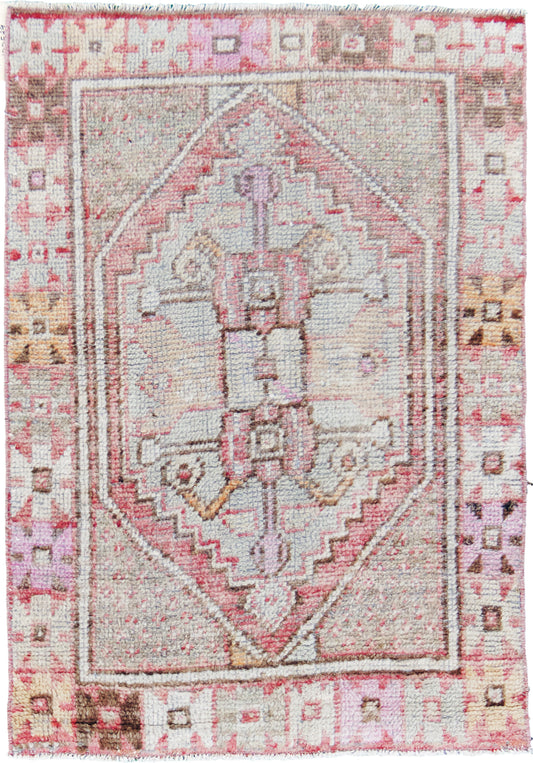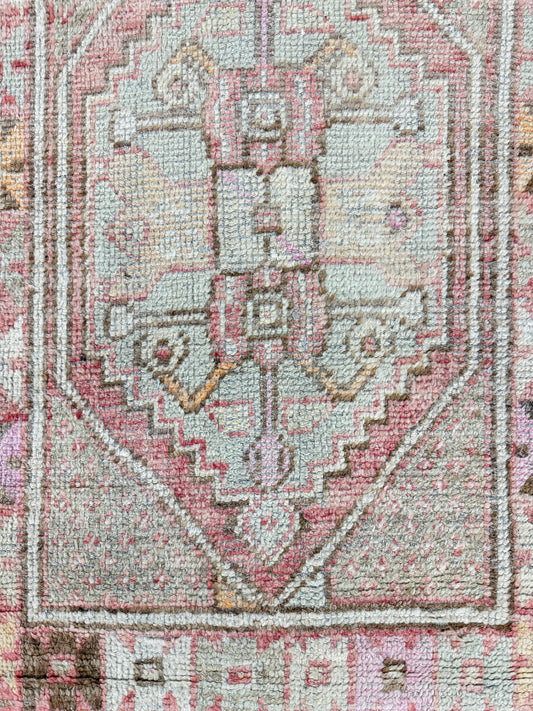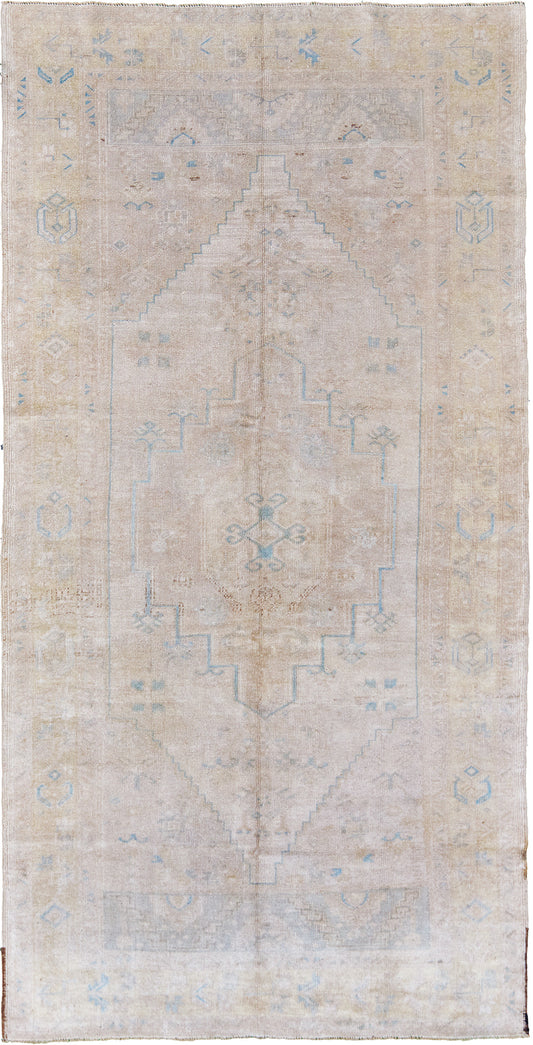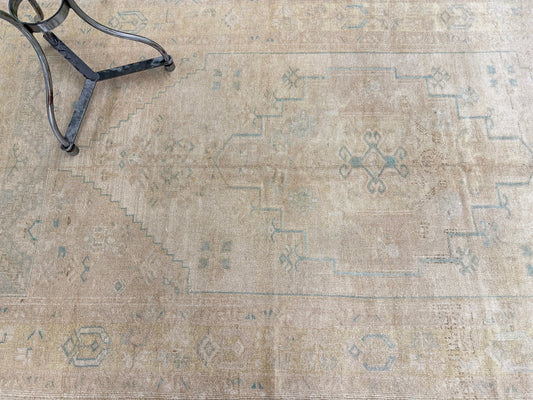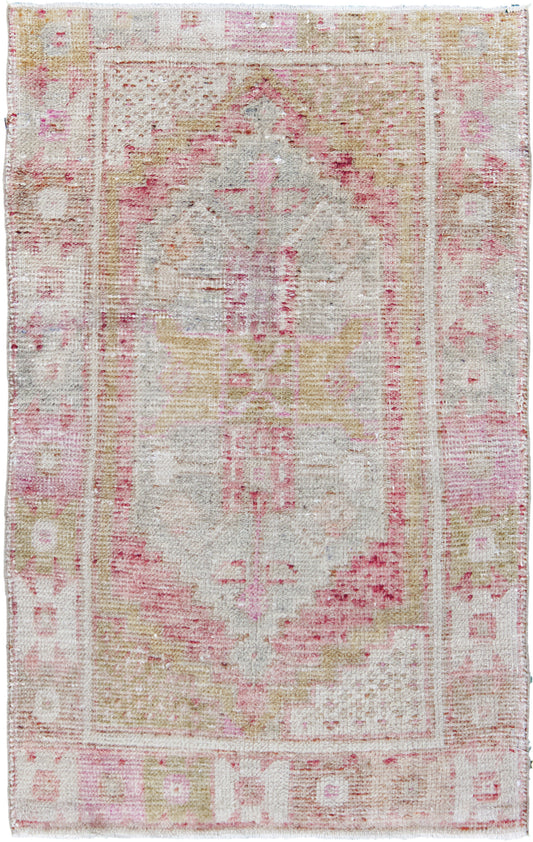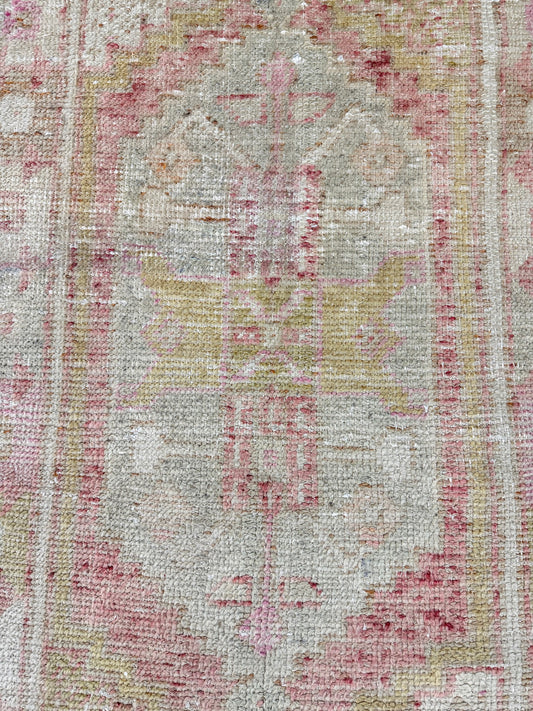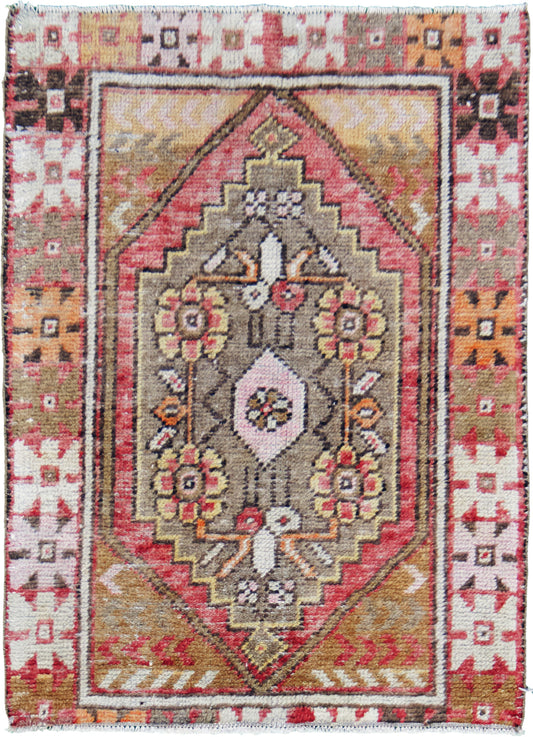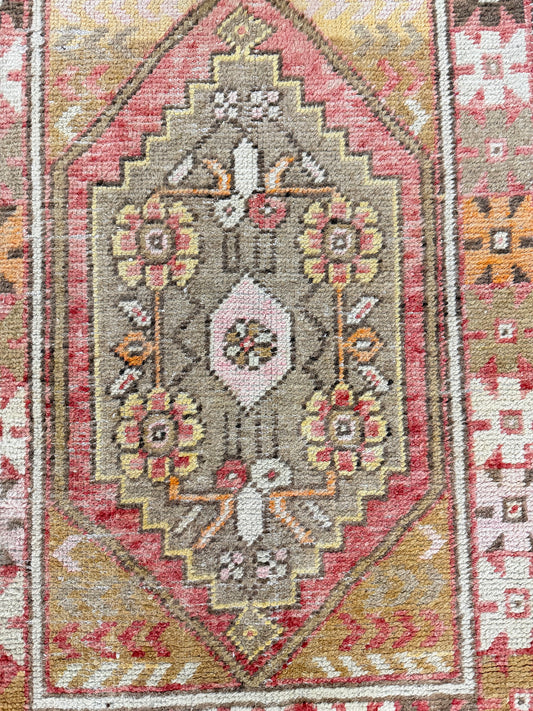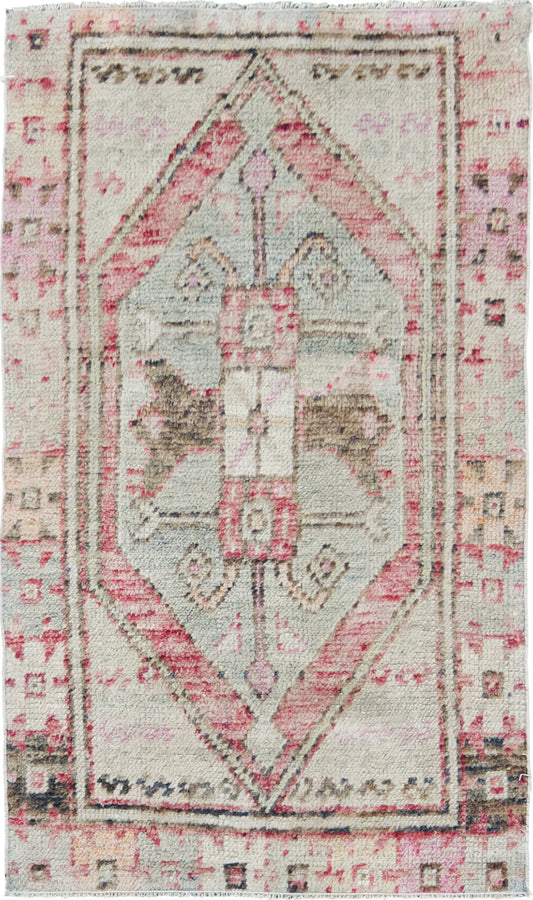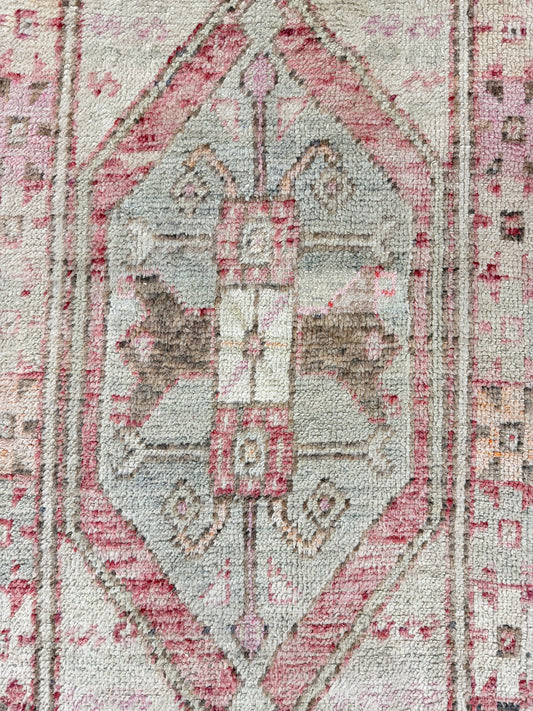-
Antique Turkish Kula
Regular price $4,200.00 USDRegular price Sale price $4,200.00 USDUnit price per -
Vintage Turkish Jajim
Regular price $6,500.00 USDRegular price Sale price $6,500.00 USDUnit price per -
Vintage Turkish Taspinar
Regular price $4,750.00 USDRegular price Sale price $4,750.00 USDUnit price per -
Vintage Turkish Hasandauy Oushak
Regular price $3,200.00 USDRegular price Sale price $3,200.00 USDUnit price per -
Vintage Turkish Jijim
Regular price $4,500.00 USDRegular price Sale price $4,500.00 USDUnit price per -
Vintage Turkish Taspinar
Regular price $3,750.00 USDRegular price Sale price $3,750.00 USDUnit price per -
Vintage Turkish Jijim
Regular price $4,500.00 USDRegular price Sale price $4,500.00 USDUnit price per -
Vintage Turkish Jijim
Regular price $4,600.00 USDRegular price Sale price $4,600.00 USDUnit price per -
Vintage Turkish Taspinar
Regular price $3,200.00 USDRegular price Sale price $3,200.00 USDUnit price per -
Vintage Turkish Taspinar
Regular price $5,500.00 USDRegular price Sale price $5,500.00 USDUnit price per -
Vintage Turkish Taspinar
Regular price $4,200.00 USDRegular price Sale price $4,200.00 USDUnit price per -
Vintage Turkish Konya
Regular price $7,500.00 USDRegular price Sale price $7,500.00 USDUnit price per -
Vintage Turkish Taspinar
Regular price $4,900.00 USDRegular price Sale price $4,900.00 USDUnit price per -
Vintage Turkish Konya Runner
Regular price $4,800.00 USDRegular price Sale price $4,800.00 USDUnit price per -
Antique Turkish Oushak
Regular price $1,200.00 USDRegular price Sale price $1,200.00 USDUnit price per -
Vintage Turkish Konya
Regular price $3,800.00 USDRegular price Sale price $3,800.00 USDUnit price per -
Antique Turkish Oushak
Regular price $1,200.00 USDRegular price Sale price $1,200.00 USDUnit price per -
Antique Turkish Oushak Fertek
Regular price $1,200.00 USDRegular price Sale price $1,200.00 USDUnit price per -
Antique Turkish Oushak Fertek
Regular price $1,500.00 USDRegular price Sale price $1,500.00 USDUnit price per
Collapsible content
More About Modern Turkish Rugs
Modern Turkish Rugs: Tradition Meets Contemporary Design
Turkish rugs have long stood at the intersection of art, craftsmanship, and cultural expression. Today, they’re making a powerful return in contemporary interior design. From minimalist lofts to layered bohemian spaces, modern Turkish rugs offer depth, beauty, and timeless texture.
In this article, we explore the history of Turkish rug weaving, key regional styles, the types of Turkish rugs available today, and how modern designers are reinterpreting this ancient art for today’s interiors.
A Legacy of Craftsmanship: The History of Turkish Rug Weaving
The tradition of rug weaving in Turkey spans over a thousand years. It began under the Seljuk Empire and flourished in the Ottoman period, when workshops created masterful pieces for mosques, palaces, and European export.
These weren’t just utilitarian floor coverings—Turkish rugs served symbolic, spiritual, and ceremonial purposes. They told stories through woven symbols, passed from one generation to the next. Some of the world’s most treasured antique rugs trace their origins to this region.
Today’s modern Turkish rugs preserve that heritage, even as they embrace updated aesthetics and applications.
Weaving Centers of Turkey: A World of Regional Styles
Each region in Turkey has developed its own rug-making techniques and visual language, many of which remain influential in modern rug design.
Hereke
Near Istanbul, Hereke was home to Ottoman court weavers. These rugs are finely knotted, often silk, with intricate floral designs and a formal, elegant feel.
Oushak (Uşak)
Located in western Turkey, Oushak rugs are known for their luminous wool, soft color palettes, and large-scale floral medallions. Their faded elegance makes them a favorite in transitional and modern interiors.
Konya, Bergama, and Kayseri
-
Konya rugs are tribal and geometric.
-
Bergama rugs showcase bold medallions and strong reds.
-
Kayseri is known for refined, often silk-based designs with complex detailing.
Each weaving center offers a distinctive look, making Turkish rugs incredibly diverse in both texture and tone.
Types of Turkish Rugs: Kilims and Pile Rugs
Turkish rugs generally fall into two categories, each with its own appeal for modern spaces:
Flatweave Rugs (Kilims)
These rugs are lightweight and reversible, with no pile. Kilims often feature bold geometric patterns and vibrant colors. Their slim profile makes them ideal for layering or hanging as wall art. They work well in minimalist, global, or bohemian interiors.
Pile Rugs
Thicker and more tactile, pile rugs are knotted with a plush surface. Turkish pile rugs, especially from Oushak and Hereke, bring luxurious softness and depth. Their classic beauty grounds a room and brings warmth to modern furniture.
Both types are traditionally made of wool, cotton, or silk. Contemporary versions may incorporate recycled fibers or blends suited for today’s living spaces.
Motifs and Styles: The Symbolic Language of Turkish Rugs
Turkish rugs are rich in visual storytelling. Their motifs often carry symbolic meanings, passed through generations of weavers:
-
Medallions: Symbolize unity and harmony
-
Elibelinde: A female figure, representing fertility and motherhood
-
Stars & Crosses: For protection
-
Ram’s Horns: Masculine strength
-
Tree of Life: Immortality and spiritual connection
Modern rug makers often reinterpret these motifs—enlarging, abstracting, or simplifying them to suit contemporary interiors. Updated palettes include soft greys, warm taupes, ivory, and olive green, expanding the ways Turkish rugs can be used in today’s design schemes.
Modern Turkish Rug Designers: Heritage Meets Innovation
While many Turkish rugs draw on centuries-old traditions, a number of modern designers have pushed the medium in new directions.
Zeki Müren
Famed as a singer, actor, and artist, Zeki Müren also contributed to Turkish textile design. His rugs featured dramatic compositions and patterns that blended Ottoman motifs with abstract, often flamboyant flourishes.
Contemporary Makers
Across Istanbul and Anatolia, today’s weavers and producers are reimagining the Turkish rug for a modern audience. Collaborations with international designers are bringing traditional techniques into open, minimal compositions that feel just as at home in a Soho loft as in a villa on the Aegean coast.
How to Use Turkish Rugs in Modern Interiors
Interior designers love Turkish rugs for their timeless elegance, versatility, and visual impact. Whether vintage or newly made, these rugs enhance a variety of interior styles.
Styling Tips:
-
Anchor a space with an Oushak rug under a modern sofa.
-
Layer kilims over large jute or wool rugs for depth.
-
Mix and match eras—combine Turkish rugs with contemporary or mid-century furniture.
-
Use as a focal point: A richly colored rug can serve as the centerpiece in a neutral space.
-
Keep it tonal: For subtle luxury, opt for modern Turkish rugs in muted, earthy shades.
Beyond their beauty, Turkish rugs bring soul and story to modern environments.
A Living Tradition for Contemporary Design
Modern Turkish rugs bridge centuries of artistic tradition with today’s evolving design language. They offer texture, history, symbolism, and craft—woven into forms that work beautifully in the present.
Whether you’re a designer sourcing for a residential project or a design enthusiast curating your personal space, Turkish rugs bring authenticity, warmth, and a global sensibility to modern interiors. In every knot and motif, you’ll find not just a pattern—but a heritage.



